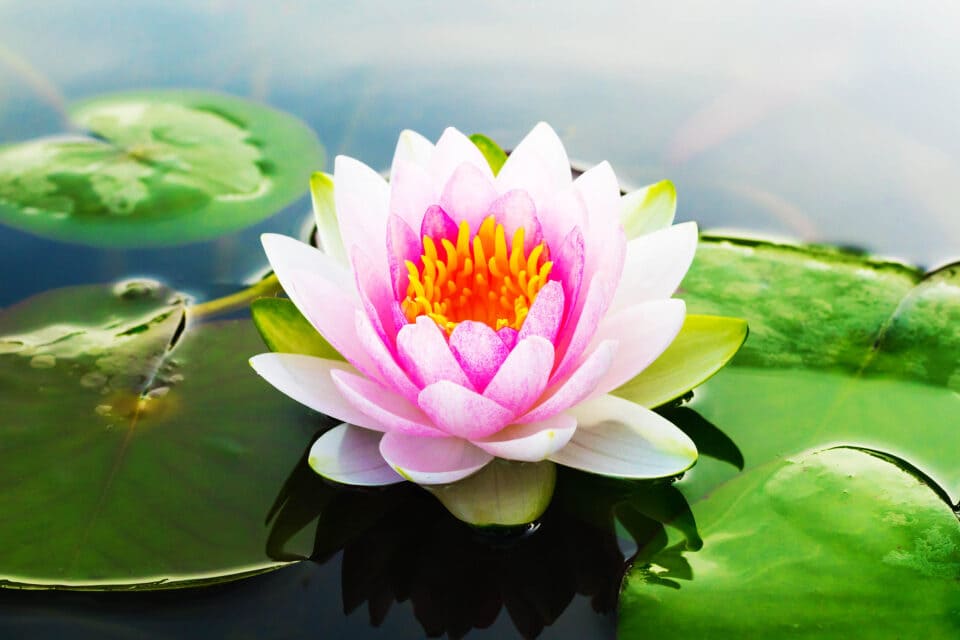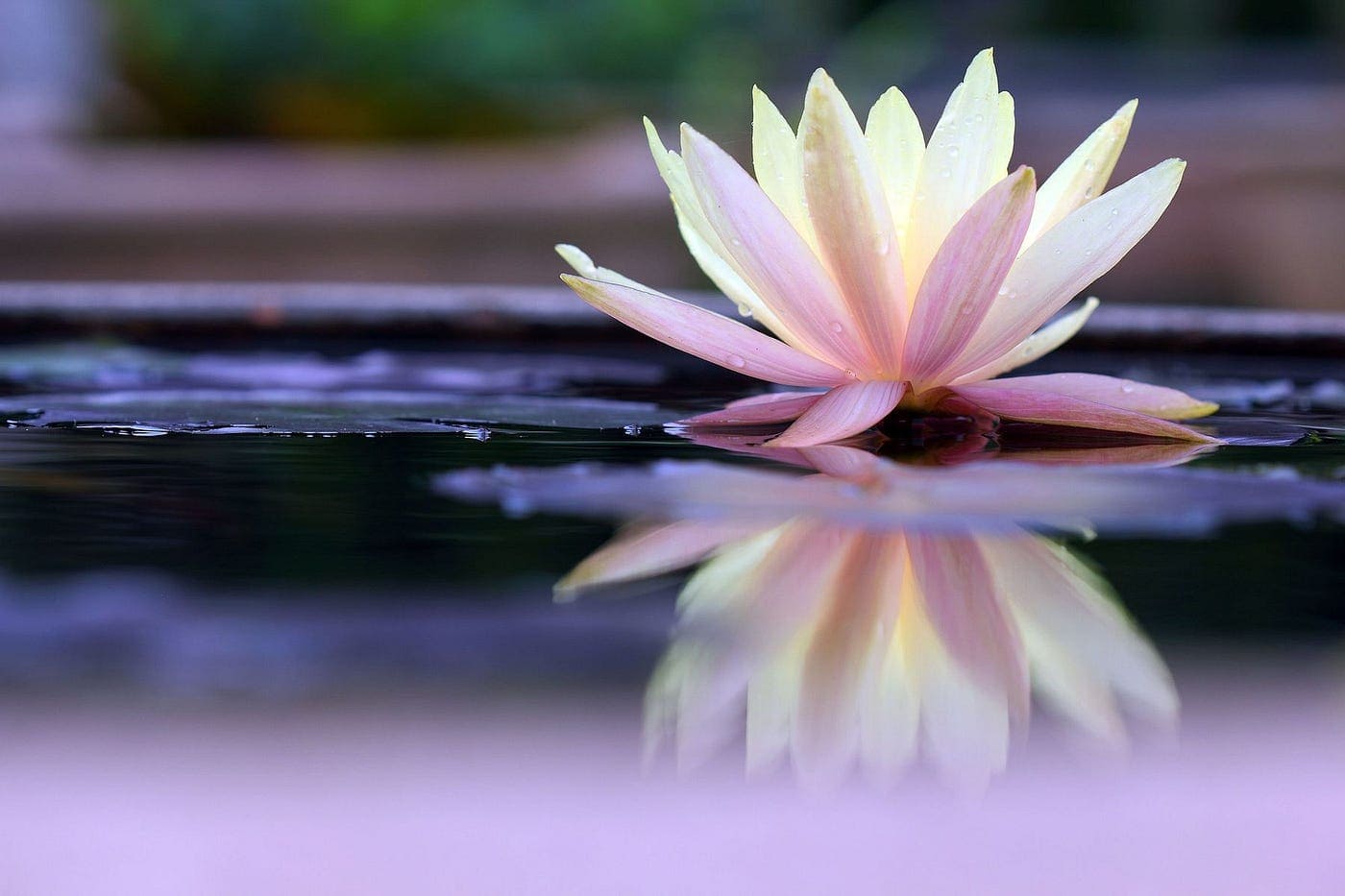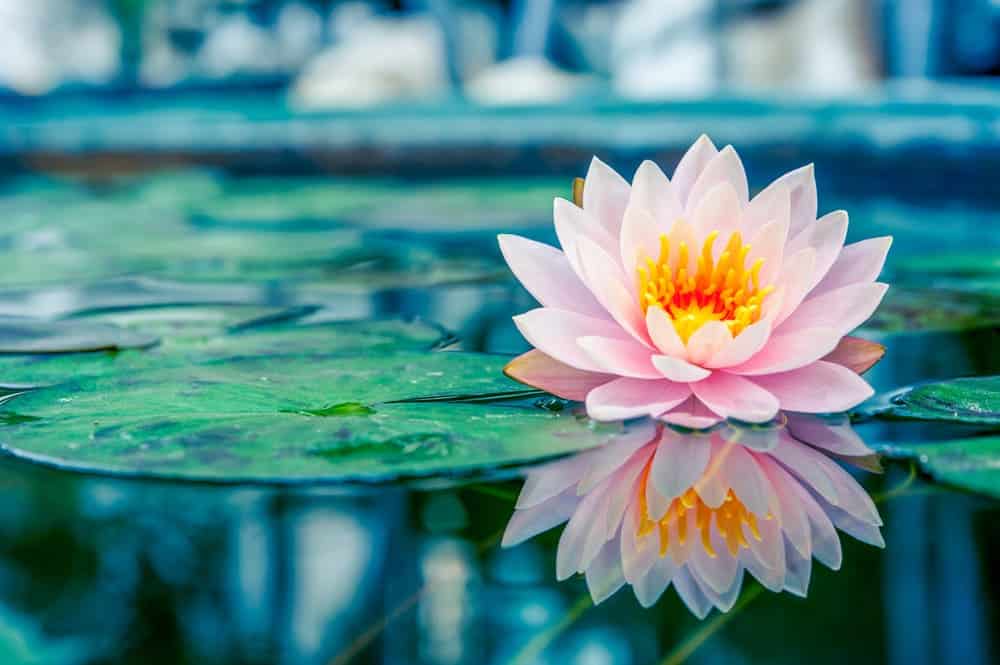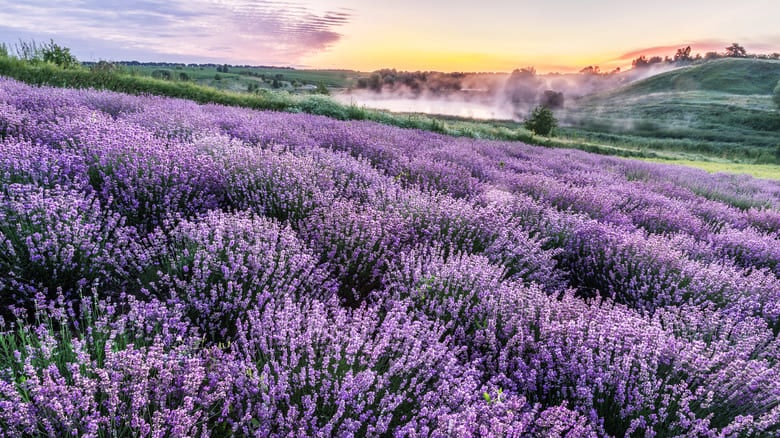In a world often cluttered with the hustle and bustle of modern life, there exists a tranquil art form that beckons us to pause, breathe, and reconnect with nature’s rhythm—the plant mandala. These intricate designs, crafted from natural materials like leaves, petals. And stems, offer not just aesthetic pleasure but also a deeper sense of harmony and balance.
The Origins of Plant Mandalas
Mandalas, originating from the Sanskrit word for “circle,” have been used for centuries in various cultures as spiritual symbols representing the universe’s wholeness and harmony. Rooted in traditions such as Hinduism, Buddhism, and Native American spirituality, mandalas serve as tools for meditation, healing, and self-expression.
The incorporation of plants into mandala art is a natural extension of humanity’s deep-rooted connection with the earth. Drawing inspiration from the beauty of flora, artists began to weave intricate patterns using leaves, flowers, and other botanical elements. These plant mandalas not only reflect the outer world but also mirror the inner landscapes of the creators and viewers alike.
Crafting Harmony Through Nature
Creating a plant mandala is a mindful practice that requires attentiveness to detail and a reverence for the materials used. Artists often embark on a journey into the wilderness, gathering leaves, petals, and branches with care and gratitude. Each element is chosen deliberately, honoring its unique shape, texture, and color.
As the mandala takes shape, a sense of calm descends upon the artist, guiding their hands as they arrange the botanical pieces into intricate patterns. With each placement, they immerse themselves in the present moment, letting go of worries and distractions. In this way, the act of creating becomes a form of meditation, allowing the artist to cultivate inner peace and harmony.
Symbolism in Nature’s Canvas
Every plant mandala tells a story—a tale woven from the threads of nature’s beauty and the artist’s vision. The circular shape, a recurring motif in mandala art, symbolizes unity, eternity, and the cyclical nature of life. Within this sacred space, viewers may find symbols of growth, transformation, and interconnectedness, inviting contemplation and reflection.
The choice of botanical elements holds significance as well, with each plant carrying its own symbolism and energy. For example, the delicate petals of a rose may represent love and compassion, while the sturdy leaves of an oak tree symbolize strength and resilience. By arranging these elements in harmonious patterns. Artists evoke a sense of balance and equilibrium that resonates with the viewer’s soul.
Healing and Renewal
In a world fraught with stress and uncertainty, plant mandalas offer a sanctuary for the weary soul. Gazing upon these intricate designs, one is transporte to a realm of beauty and tranquility, where the worries of the world fade into insignificance. The vibrant colors and organic forms awaken the senses, revitalizing the spirit and instilling a sense of wonder and awe.
Moreover, the act of creating plant mandalas can be a therapeutic practice, offering solace to those grappling with anxiety, depression, or grief. Through the gentle rhythm of gathering, arranging, and contemplating botanical elements. Individuals find respite from their inner turmoil and a pathway to healing and renewal.
Cultivating Connection with the Earth
At its core, the art of plant mandalas is a celebration of our profound connection with the natural world. In an age dominated by technology and urbanization, it serves as a poignant reminder of our roots in the earth and our interdependence with all living beings. Through the act of creating and appreciating plant mandalas. We reawaken our sense of wonder and gratitude for the beauty that surrounds us.
In conclusion, plant mandalas are more than just intricate designs. They are portals to a world of beauty, harmony, and interconnectedness. Rooted in ancient wisdom and infused with the magic of nature, these sacred creations invite us to slow down. Breathe deeply, and immerse ourselves in the timeless rhythms of the earth. As we gaze upon their intricate patterns, may we find solace, inspiration, and a renewed sense of wonder in the ever-unfolding tapestry of life.





